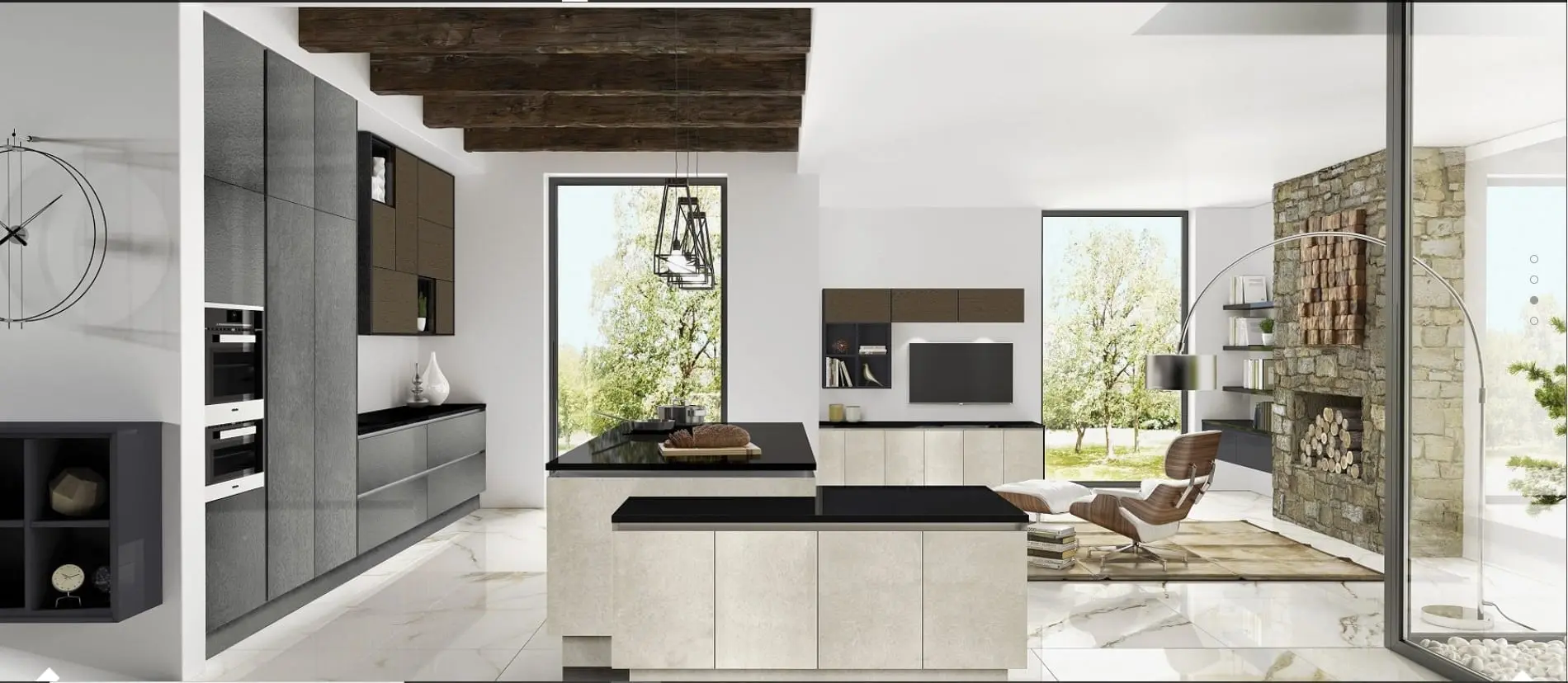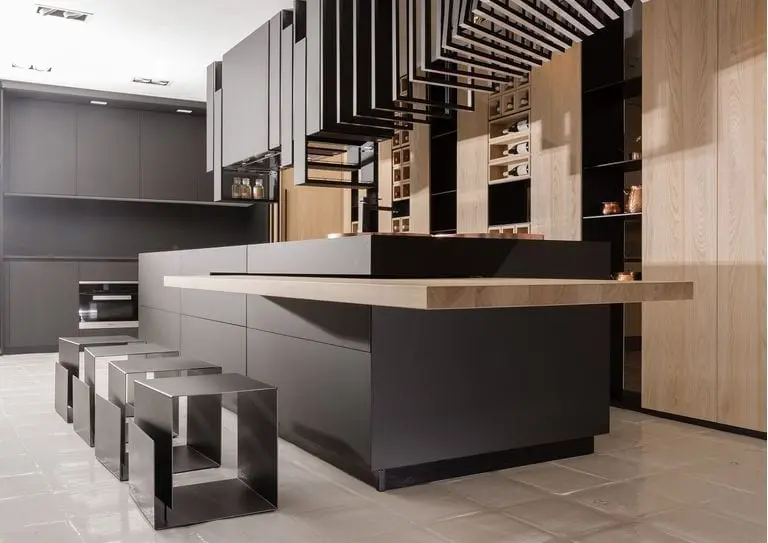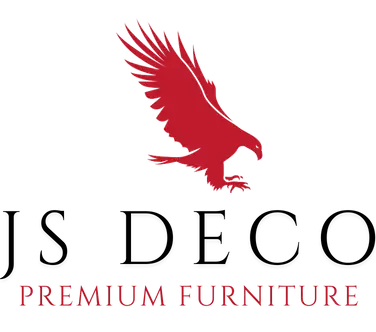
Ideas For Open-Plan Kitchens
If you’re thinking of renovating your kitchen, you might be considering an open-plan design. An open-plan kitchen can make your home feel more spacious and allow for better interaction between family members and guests. However, designing an open-plan kitchen can be tricky. Here are some ideas to get you started.
Plan your layout carefully
When it comes to designing an open-plan kitchen, there are few things more important than the layout. The layout can make or break the functionality and flow of the space. That’s why careful planning is essential.
One of the key things to consider is the work triangle – the area between the stove, sink, and refrigerator. This is the zone where most of the cooking and preparation happens, so it’s important to make sure it’s easy to navigate. Ideally, there should be no more than six feet between each point of the triangle, and there should be a clear path between each one.
Another thing to consider is the placement of appliances and other features. For example, you’ll want to make sure there is enough counter space near the stove for food preparation. You might also want to consider incorporating an island or peninsula into your design, as this can provide additional counter space and storage.
Of course, designing a kitchen layout that is both functional and aesthetically pleasing is no easy task. If you’re feeling overwhelmed, it might be worth considering hiring a professional kitchen designer to help you. A designer can work with you to create a layout that meets your needs and fits your budget.

Choose a color scheme
Choosing a color scheme for your open-plan kitchen is an important decision that can have a significant impact on the overall look and feel of the space. With so many options available, it can be challenging to know where to start.
One popular choice for an open-plan kitchen is to keep things neutral with shades of gray or beige. These colors can help create a calm, sophisticated atmosphere that is both timeless and versatile. Neutral colors can also make it easier to add accents and accessories in other colors or patterns.
On the other hand, if you want to make a bold statement with your kitchen, you might consider incorporating a pop of bright color. This could be anything from a bold red or blue to a bright yellow or green. A bold color can add energy and personality to your kitchen and make it stand out as a focal point in your home.
When choosing a color scheme for your open-plan kitchen, it’s important to consider how it will complement the rest of your home. You want the kitchen to feel like an integrated part of the overall design, rather than a separate entity. This means taking into account the colors and materials used in other rooms and ensuring that your kitchen color scheme fits in seamlessly.
Ultimately, the choice of color scheme for your kitchen is a personal one. Whether you opt for neutral tones or bold pops of color, the most important thing is that the colors you choose reflect your style and personality. By choosing a color scheme that you love, you can create an open-plan kitchen that is not only functional but also beautiful and inviting.
Use lighting to define areas
Lighting is an essential element when it comes to designing an open-plan kitchen. Proper lighting can help to define different areas of the space and create a warm and inviting atmosphere. In an open-plan kitchen, it’s important to use different types of lighting to achieve the desired effect.
One effective way to use lighting in a kitchen is to create a focal point. Pendant lights over the kitchen island, for example, can draw the eye and add visual interest to the space. Pendant lights come in a range of styles and sizes, so you can choose a design that fits your kitchen’s aesthetic and your personal taste.
In addition to creating a focal point, you’ll want to use lighting to provide ambient light throughout the room. Recessed lighting can be an effective way to achieve this. Recessed lights are installed into the ceiling, providing a soft, diffuse light that helps to create a warm and inviting atmosphere. You might also consider installing track lighting, which can be adjusted to highlight specific areas of the room.
When using lighting to define different areas of an open-plan kitchen, it’s important to think about how each area will be used. For example, you might want brighter lighting in the cooking and food preparation areas, while softer lighting might be more appropriate for the dining or lounging areas.
Consider an island or peninsula
Before installing an island or peninsula, take the time to consider how you plan to use the space. If you plan to use the island primarily for food preparation, you might want to opt for a larger model with ample counter space. On the other hand, if you plan to use the island for dining or entertaining, you might prefer a smaller model that allows for comfortable seating.
When it comes to shape, islands and peninsulas come in a range of styles, including rectangular, square, and circular. The shape you choose should depend on the size and layout of your kitchen, as well as your personal style and preferences.
In addition to providing functional benefits, islands and peninsulas can also serve as a design feature in your open-plan kitchen. For example, you might choose an island or peninsula with a unique countertop material or an eye-catching design. Alternatively, you might opt for a model with built-in storage or shelving that can be used to display decorative items or store kitchen essentials.

Incorporate different textures
When designing an open-plan kitchen, it’s important to think beyond color and consider incorporating different textures into the space. Using a variety of textures can add interest and depth, creating a visually appealing and engaging environment.
One way to incorporate texture into your open-plan kitchen is by mixing and matching different materials. For example, you might choose a glossy backsplash paired with matte countertops, or a sleek stainless steel range paired with warm wooden cabinets. By combining materials with contrasting textures, you can create a dynamic and visually interesting space.
Another way to add texture to your open-plan kitchen is through the use of different finishes. For example, you might choose a brushed metal finish for your hardware, or a rough-hewn stone finish for your backsplash. You might also consider using textured wallpaper or tile to add visual interest to the walls.
When selecting textures for your open-plan kitchen, it’s important to consider how they will work together as a whole. You want to create a cohesive look and feel that is visually pleasing and harmonious. Consider choosing a color palette and selecting textures that complement one another, rather than compete for attention.
Don’t forget about storage
In an open-plan kitchen, it’s important to have plenty of storage to keep clutter at bay. Consider incorporating cabinets, drawers, and shelving into your design. You might even consider a built-in pantry or hutch.
By following these tips, you can create an open-plan kitchen that is both beautiful and functional. Remember to plan your layout carefully, choose a color scheme that complements your home, use lighting to define areas, consider an island or peninsula, incorporate different textures, and don’t forget about storage. Happy designing!
